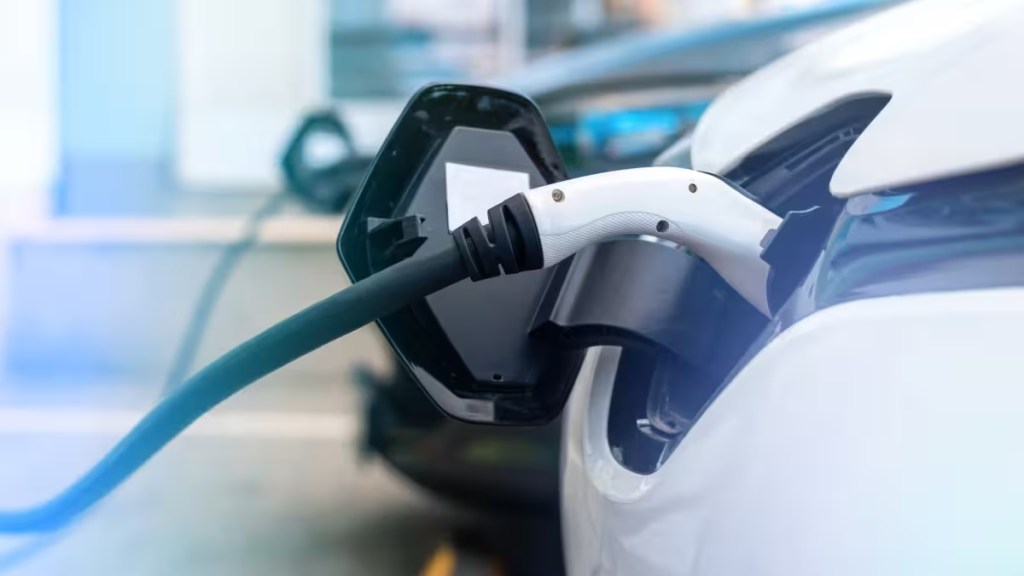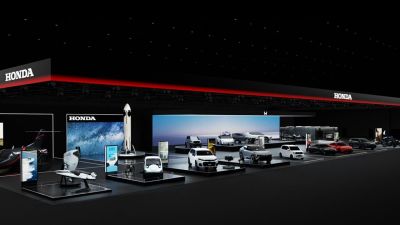After bringing out incentives for demand generation for electric vehicles (EV) and for EV components, the government is said to be working on an entirely new incentive scheme which would be for companies engaged in EV battery production.
Though there has been a push from the government towards localization of EVs especially for batteries which typically make up 40-50% of the cost of the vehicle, the industry is still heavily reliant on imports of battery cells and battery packs.
Most of such imports come from China which controls more than 70% of the global battery supply for EVs. It is this segment that the government wants to incentivize to increase local production.
This new scheme will be in addition to the existing schemes such as the Production Linked Incentive (PLI) and Faster Adoption and Manufacturing of Electric and Hybrid Vehicles (FAME) rolled out by the government, a top bureaucrat has said.
Speaking to FE, Hanif Qureshi, joint secretary, ministry of heavy industries, said: “It will take some time for the scheme for downstream industry to be brought out. This will be over and above the existing schemes such as PLI and FAME. We need to consult with the industry and then we will see.”
Qureshi was talking on the sidelines of the 63rd annual session of the Automotive Component Manufacturers Association (ACMA).
“In EVs 40-50% of the cost of the vehicle is batteries and therefore PLI advanced cell chemistry scheme is there but there is a downstream to that also. So, discussions are going on with those people who make those components,” Qureshi added.
The incentives earmarked for auto PLI is Rs 26,000 crore while for FAME-2 it is Rs 10,000 crore. There have been talks about the government coming out with FAME-3 with an outlay of Rs 40,000-50,000 crore, however, there has been no official announcement on this by the government.
“To sustain the pace which is demanded by the rising curve of electrification, much more R&D (research and development) needs to be done. This push will continue in various forms and one of the forms is doing something for the downstream industries,” Qureshi added.
The government push for battery component suppliers is also triggered by the fact that the current schemes are perceived to be largely benefiting the electric vehicle makers.
“There is a thinking that probably most of the emphasis in the current schemes is towards the OEMs (vehicle makers). We need to encourage the component makers more. There will be a push towards better technology and processes,” Qureshi added.
According to a report prepared by Arthur D. Little, India needs to invest over $10 billion to boost cell manufacturing and raw material refining just to serve the local demand of Li-ion batteries by 2030; this could also create 1 million+ new jobs.
India’s lithium ion battery demand is expected to grow from the current stage of 3 GWh to 20 GWh by 2026 and 70 GWh by 2030.









